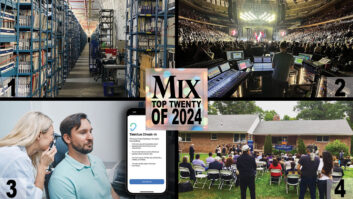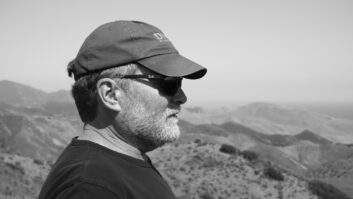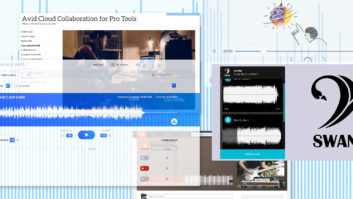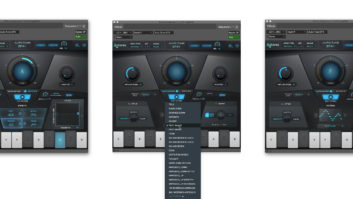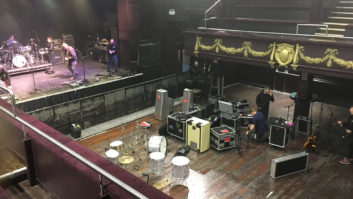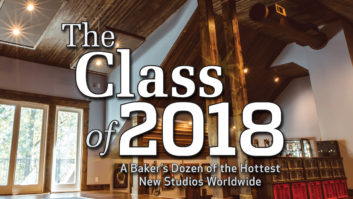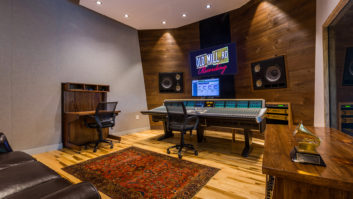I was too busy looking at new products to attend many panel discussions at the recent AES Convention, but one I did get to was called “Archiving and Best Practices for Modern Production Workflows.” Not a title that rolls off the tongue, admittedly, but the subject was an important one and the discourse was fascinating.
Although what the panelists discussed was primarily focused on high-level pro audio projects, for which the archives have monetary value, much of the information was also applicable to anyone who has a studio. The Producers and Engineers Wing of the Recording Academy (which was ably represented in the panel by its executive director, Maureen Droney) has been leading an effort to create standards for file naming and archiving, which will help preserve projects in a digital world where storage formats change periodically.
Read more Mix Blog Studio: Tick, Tock and Gridlock
One of the points made by the panel, which also featured producer/engineer Chuck Ainlay and mastering engineer Michael Romanowski, among others, was how different the process of archiving projects is today than it was in the analog tape days. Back then, the recording medium was also the archiving medium, meaning that when you finished with a session, you stored the tapes and track sheets in a tape box, with the contents written on the back.
You did have to store it carefully (remember “tails out”) in a reasonably temperature-controlled environment, and you might have had to bake it when you pulled it off the shelf years later, but it was expected to last for the foreseeable future. You could also make safety copies, of course, but they were a bit inferior, being a “generation down.”
In the DAW production workflow, the aim is not to preserve the storage medium but rather the digital files contained therein. Because hard drives are so volatile and have undetermined life spans, the emphasis is on safeguarding the data and backing it up, with the assumption that it will be “migrated” to another storage medium down the road. For backing up, they talked about the concept of “mirroring” session data, which means having identical copies in at least two different locations.
With the focus being on the file, it makes file standardization a lot more critical. When you had an analog tape, you didn’t have to decide which data to include in an archive, the tapes themselves were the archive. With a digital session, the process changes. Do you preserve the DAW session itself? Or just mixes, alternate mixes and stems? What file formats? What resolution? Which sampling rate? If you want to know what the P&E Wing recommends, you can download a PDF called “Delivery Recommendations for Recorded Music Projects,” which has their guidelines for file naming, archiving and more.
I’ve always wondered about the viability of preserving digital sessions, because who knows whether you or whoever tries to recall the session down the road will have access to the DAW and plug-ins you used. You might not own them anymore, or the software might be no longer viable because the developers went out of business or stopped supporting it.
One panelist (I don’t recall who) made a recommendation for plug-in manufacturers to create free “deaf, dumb and blind,” versions of their plug-ins. These would only play back at the settings from a session and couldn’t be adjusted or used otherwise. That would make recalling sessions a lot easier. It’s an intriguing concept.
When finishing sessions and creating copies for my own archives, I’ve often wondered whether or not I should bounce out individual files of all the tracks with the plug-in processing, as well as consolidated, unprocessed files for each track (starting at the first bar/beat/tick of the measure) and maybe stems, too. It’s tedious, for sure, but could be useful down the road. DAWs, plug-ins, and storage mediums will change over time, but the good old WAV file will live on.
